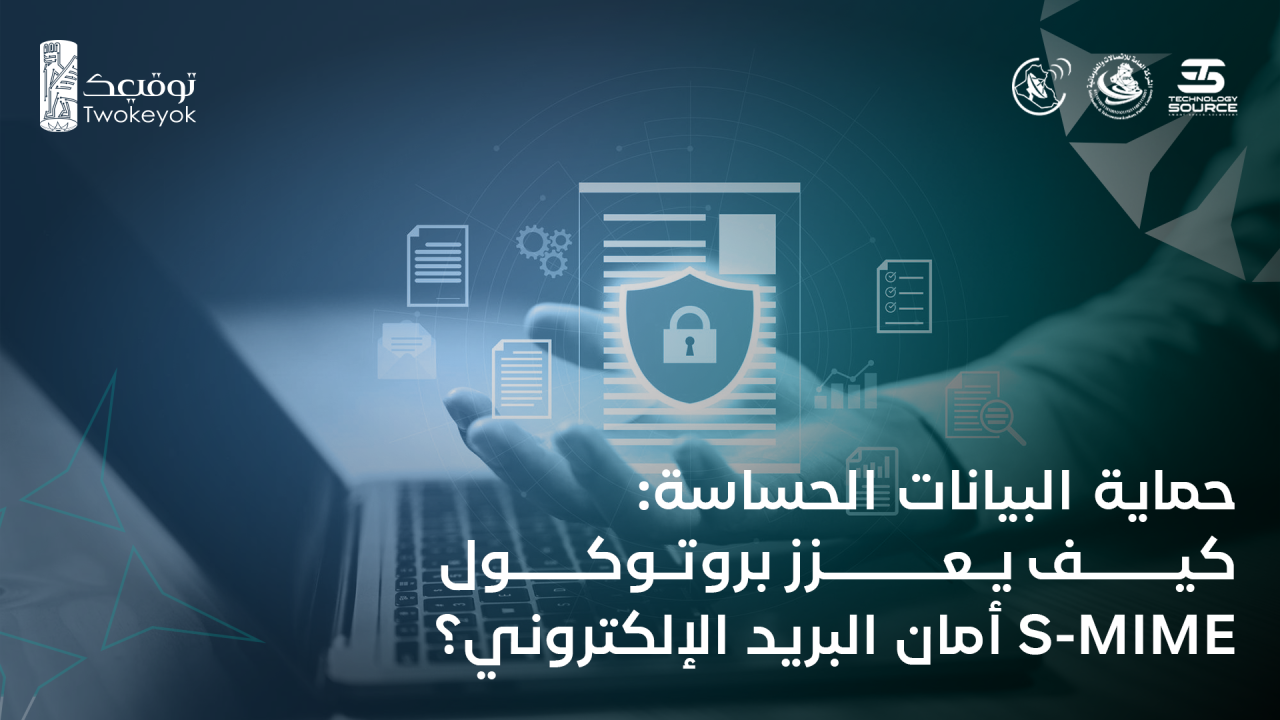
In the era of digital transformation, email communication has become an essential part of both business and personal interactions. As reliance on email grows, so do concerns about data security and protection against cyber threats. Among the most common risks are email surveillance and the theft of sensitive information, making it crucial to adopt advanced security measures to safeguard email communications.
One of the most effective technologies for securing emails is S/MIME (Secure/Multipurpose Internet Mail Extensions), a protocol that enhances email security through encryption and digital signatures. This article explores how S/MIME strengthens email security and helps protect sensitive data exchanged online.
S/MIME is a standardized email security extension that provides digital signing and encryption to ensure confidentiality and authentication. It allows emails to be digitally signed, verifying their integrity and confirming that the content has not been altered during transmission. Additionally, it enables end-to-end encryption, ensuring that only the intended recipient can read the message.
S/MIME relies on Public Key Infrastructure (PKI), which involves a pair of cryptographic keys:
Additionally, digital signatures help verify the sender’s identity, ensuring that the message has not been tampered with and that it originates from a trusted source.
1. Encryption to Protect Email Content
One of S/MIME’s most valuable features is its ability to encrypt email content, preventing unauthorized access. When sending emails containing sensitive information—such as financial data, personal details, or confidential documents—S/MIME encrypts the message using the recipient’s public key. Only the recipient with the corresponding private key can decrypt and read the email.
This significantly reduces the risk of data breaches, interception, and unauthorized modifications, especially when messages travel across unsecured networks like the public internet.
2. Digital Signatures for Identity Verification
S/MIME allows senders to digitally sign emails, verifying their authenticity and confirming that the message was sent by a trusted source. A digital signature is created using the sender’s private key, producing a unique, tamper-proof signature.
Upon receiving the email, the recipient can validate the signature using the sender’s public key. This:
✅ Confirms that the email has not been altered during transmission.
✅ Verifies the sender’s identity, preventing email spoofing and impersonation attacks.
By reducing the risk of phishing and email fraud, S/MIME enhances trust in electronic communications.
3. Protection Against Email Tampering
Beyond encryption, S/MIME safeguards emails from modifications after they have been sent. If an attacker attempts to alter the content of an S/MIME-protected email, the digital signature verification will fail, alerting the recipient to potential tampering.
This ensures message integrity and serves as an early warning system against cyber threats.
4. Safeguarding Sensitive Business Data
For industries handling highly confidential information—such as banking, healthcare, and legal sectors—email security is paramount. S/MIME enables organizations to:
✅ Encrypt sensitive communications, ensuring data privacy.
✅ Prevent unauthorized access, reducing data leaks.
✅ Ensure compliance with data protection regulations.
Since only the intended recipient can access encrypted emails, S/MIME also minimizes the risk of data exposure to unintended recipients, strengthening confidentiality.
5. Integration with Corporate Security Policies
Many organizations integrate S/MIME into their email security policies to ensure consistent protection across all communications. By implementing S/MIME, companies can:
By encrypting and digitally signing messages, businesses significantly reduce exposure to phishing, malware, and email fraud.
✅ Reduces the risk of cyberattacks and email interception
With increasing email surveillance and hacking attempts, S/MIME ensures sensitive data remains encrypted and inaccessible to unauthorized entities.
✅ Enhances trust in electronic transactions
Through digital signatures, recipients can verify the sender’s identity, preventing impersonation attacks and phishing attempts.
✅ Ensures compliance with data protection laws
Industries like finance and healthcare are legally required to protect electronic communications. S/MIME helps organizations comply with regulations such as GDPR and HIPAA.
✅ Easy integration with email platforms
S/MIME is compatible with popular email clients like Microsoft Outlook, Gmail, and Apple Mail, making it easy for organizations to implement without disrupting existing workflows.
S/MIME is one of the most effective solutions for email security, combining encryption and digital signatures to protect sensitive communications. It plays a crucial role in preventing data breaches, email tampering, and identity fraud, making it an essential tool for businesses and individuals handling confidential information.
For organizations prioritizing data security, adopting S/MIME ensures that email communications remain protected, trusted, and compliant with global security standards.
🔒 Are you ready to secure your emails with S/MIME? Start implementing it today and safeguard your digital communications!